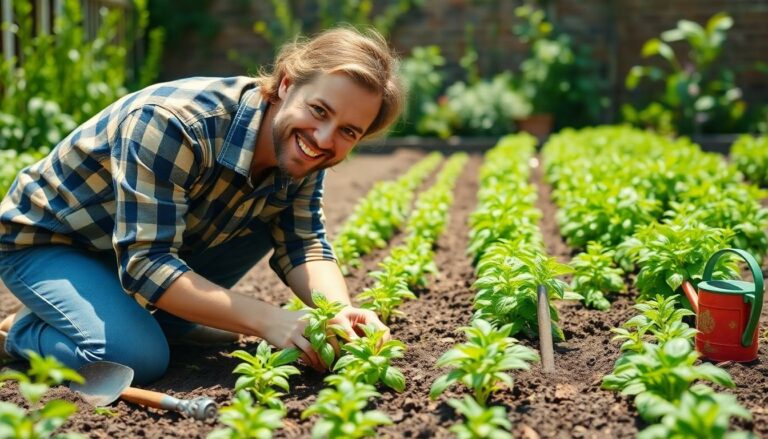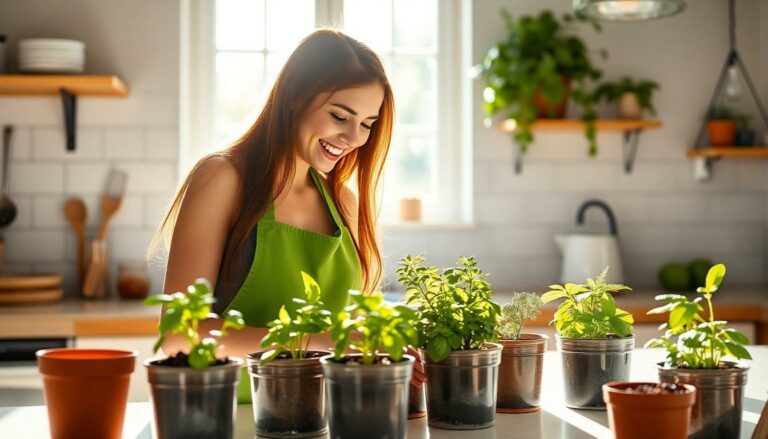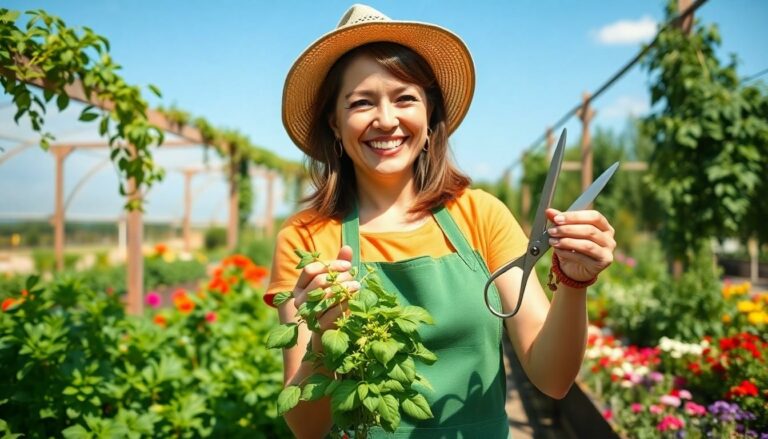Plant Cultivation: Transform Your Space and Mind with Beautiful Greenery

In a world where houseplants are the new pets, plant cultivation has become the ultimate hobby for green thumbs and aspiring botanists alike. Whether it’s a succulent that thrives on neglect or a fussy fern that demands your undivided attention, nurturing plants can be as rewarding as it is entertaining. Who knew that turning your living room into a jungle could also be a crash course in patience and responsibility?
Plant Cultivation
Plant cultivation involves various techniques to grow plants effectively, whether indoors or outdoors. Different methods optimize growth, including hydroponics, soil-based gardening, and container gardening. Indoor plants, such as low-maintenance succulents and high-maintenance ferns, cater to diverse preferences and skill levels.
Understanding plant species is essential for successful cultivation. Knowledge of a plant’s specific water, light, and soil requirements ensures its health and longevity. Maintenance varies widely; succulents thrive on infrequent watering, while ferns often require consistent moisture and humidity.
Nurturing plants offers therapeutic benefits. It fosters a connection with nature, enhancing well-being and creating a sense of responsibility. Gardeners often report increased happiness and reduced stress levels when caring for their plants.
Creating a vibrant environment enhances both aesthetics and air quality. Indoor plants purify the air, reduce toxins, and improve humidity levels. Certain species, like snake plants and peace lilies, effectively filter pollutants.
Timing plays a crucial role in plant cultivation. Planting during the appropriate season maximizes growth potential and minimizes pest problems. Seasonal variations impact care routines and plant selection.
Ultimately, plant cultivation serves both an aesthetic and practical purpose. It transforms living spaces into green refuges while offering personal rewards. With the right knowledge and care, anyone can enjoy the benefits of cultivating plants.
Benefits of Plant Cultivation

Plant cultivation provides numerous advantages for individuals and the environment. Engaging with plants enhances well-being and promotes sustainable practices.
Environmental Impact
Plants play a crucial role in improving air quality. They absorb carbon dioxide and release oxygen, contributing to a healthier atmosphere. Additionally, indoor plants filter pollutants, reducing airborne toxins. Biodiversity benefits from increased plant cultivation, as diverse ecosystems foster resilience. Soil erosion decreases with proper planting techniques, promoting land stability. Cultivating plants also aids in water conservation by using efficient growing methods. Aeroponics and hydroponics exemplify techniques that minimize water waste significantly.
Economic Advantages
Engaging in plant cultivation can yield substantial economic benefits. Homegrown produce lowers grocery expenses, leading to financial savings. Local farmers’ markets thrive as consumers seek fresh, pesticide-free options. Job opportunities emerge in horticulture, landscape design, and maintenance services. Communities foster economic growth through gardening workshops and eco-tourism. Increased awareness of the importance of plants can drive demand for horticultural products, boosting local economies. Sustainable practices lure conscious consumers, making environment-friendly products a lucrative market.
Methods of Plant Cultivation
Plant cultivation encompasses various techniques that adapt to different environments and needs. Both traditional methods and modern practices play vital roles in successful growth.
Traditional Techniques
Traditional techniques include practices such as tilling, crop rotation, and companion planting. Tilling involves turning the soil to aerate and manage weeds effectively. Crop rotation helps maintain soil fertility by alternating different plant families, reducing pest buildup. Companion planting promotes biodiversity and natural pest control, enhancing plant health. These time-tested methods foster sustainable agriculture and are particularly valuable in small-scale farming.
Modern Approaches
Modern approaches leverage technology and innovative practices to enhance plant cultivation. Hydroponics allows plants to grow without soil, using nutrient-rich water solutions. Aeroponics utilizes mist to deliver nutrients, saving space and water. Vertical farming stacks layers of plants to optimize space in urban environments. These contemporary methods often yield faster growth rates and higher productivity, aligning well with today’s demand for efficient food production.
Common Challenges in Plant Cultivation
Cultivating plants brings various challenges. Addressing these issues effectively ensures healthy growth and vibrant plants.
Pest Management
Pests pose significant threats to plant health. Aphids, spider mites, and whiteflies commonly infest plants, leading to damage and decreased vitality. Regular monitoring helps catch infestations early. Employing integrated pest management strategies proves beneficial, utilizing beneficial insects like ladybugs to control populations naturally. Organic pesticides can also serve as a safe alternative when infestations occur. Additionally, practicing crop rotation reduces the likelihood of pest outbreaks, promoting long-term plant health.
Soil Quality
Soil quality plays a crucial role in successful plant cultivation. Nutrient-rich, well-aerated soil encourages optimal root development. Conducting soil tests identifies nutrient deficiencies and pH levels, guiding necessary amendments. Amending soil with compost enhances microbial activity, improving overall fertility. Ensuring proper drainage prevents waterlogged conditions that can lead to root rot. Organic mulches also contribute to soil health, retaining moisture and suppressing weeds. Each of these practices fortifies the foundation for robust plant growth.
Enhancing Personal Well-Being
Embracing plant cultivation opens up a world of benefits that extend beyond mere aesthetics. The satisfaction of nurturing plants fosters a deeper connection with nature while enhancing personal well-being. By exploring various cultivation methods and understanding individual plant needs, anyone can create a thriving green space.
Sustainable practices not only contribute to healthier environments but also support local economies and promote biodiversity. As interest in plant cultivation grows, so does the opportunity to engage in eco-friendly practices that benefit both individuals and the planet. Ultimately, cultivating plants enriches lives and encourages a harmonious relationship with the environment.



